Riser Dampers
Aluminum dampers are commonly used in HVAC (Heating, Ventilation, and Air Conditioning) systems for air control. These dampers, also known as air dampers or volume control dampers, are used to regulate the flow of air within ductwork and HVAC systems. Aluminum is a popular material choice for dampers due to its lightweight, durability, and resistance to corrosion.
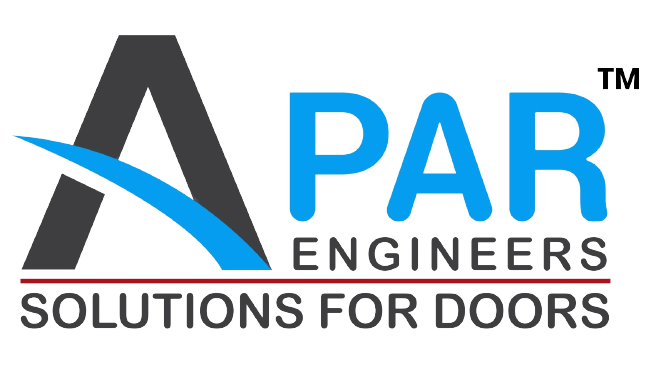
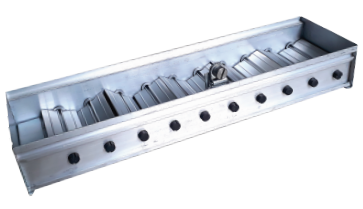

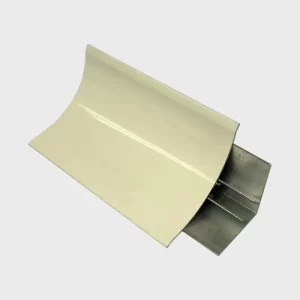
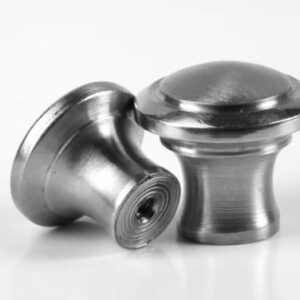
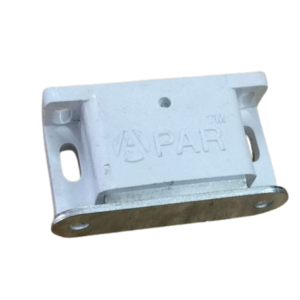
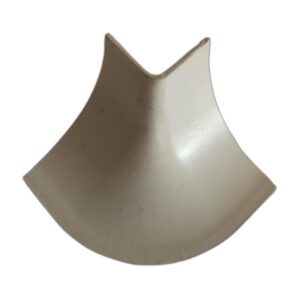


Reviews
There are no reviews yet.